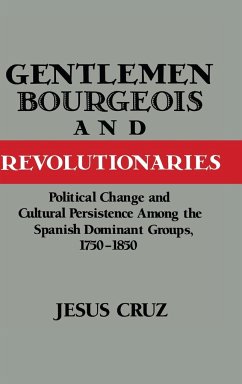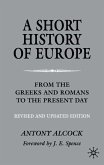The traditional interpretation of the crisis of the Spanish Old Regime is to see it as a revolution carried out by an ascendant bourgeoisie. Professor Cruz challenges this viewpoint by arguing that in Spain, as in the rest of continental Europe, a national bourgeoisie did not exist before the second half of the nineteenth century. Consequently, the model of bourgeois revolution proves inadequate to explain any movement toward modernisation before 1850. Historiography based on the bourgeois revolution theory portrays Spain as an exceptional model whose main feature is the 'failure' produced by the immobility of its ruling class. This work re-examines that understanding, and relocates Spain in the mainstream for industrialisation, urbanisation and democratisation that characterise the history of modern Europe.
Table of contents:
Part I. Careers, Business and Fortunes: 1. Introduction; 2. Merchants; 3. Bankers; 4. Bureaucrats and professionals; 5. Politicians; Part II. The Museum of Families: Strategies of Reproduction: 6. Habitus, solidarity and authority; 7. Kinship, friendship and patronage; 8. Conclusion: rethinking the Spanish Revolution.
This volume revises the model that is most often used to describe and explain the history of nineteenth-century Spain: the interpretation of political changes between 1812 and 1868 as different stages of an integrated process of bourgeois revolution.
Revises the traditional interpretation of the crisis of the Spanish Old Regime as a revolution carried out by an ascendant bourgeoisie.
Table of contents:
Part I. Careers, Business and Fortunes: 1. Introduction; 2. Merchants; 3. Bankers; 4. Bureaucrats and professionals; 5. Politicians; Part II. The Museum of Families: Strategies of Reproduction: 6. Habitus, solidarity and authority; 7. Kinship, friendship and patronage; 8. Conclusion: rethinking the Spanish Revolution.
This volume revises the model that is most often used to describe and explain the history of nineteenth-century Spain: the interpretation of political changes between 1812 and 1868 as different stages of an integrated process of bourgeois revolution.
Revises the traditional interpretation of the crisis of the Spanish Old Regime as a revolution carried out by an ascendant bourgeoisie.








